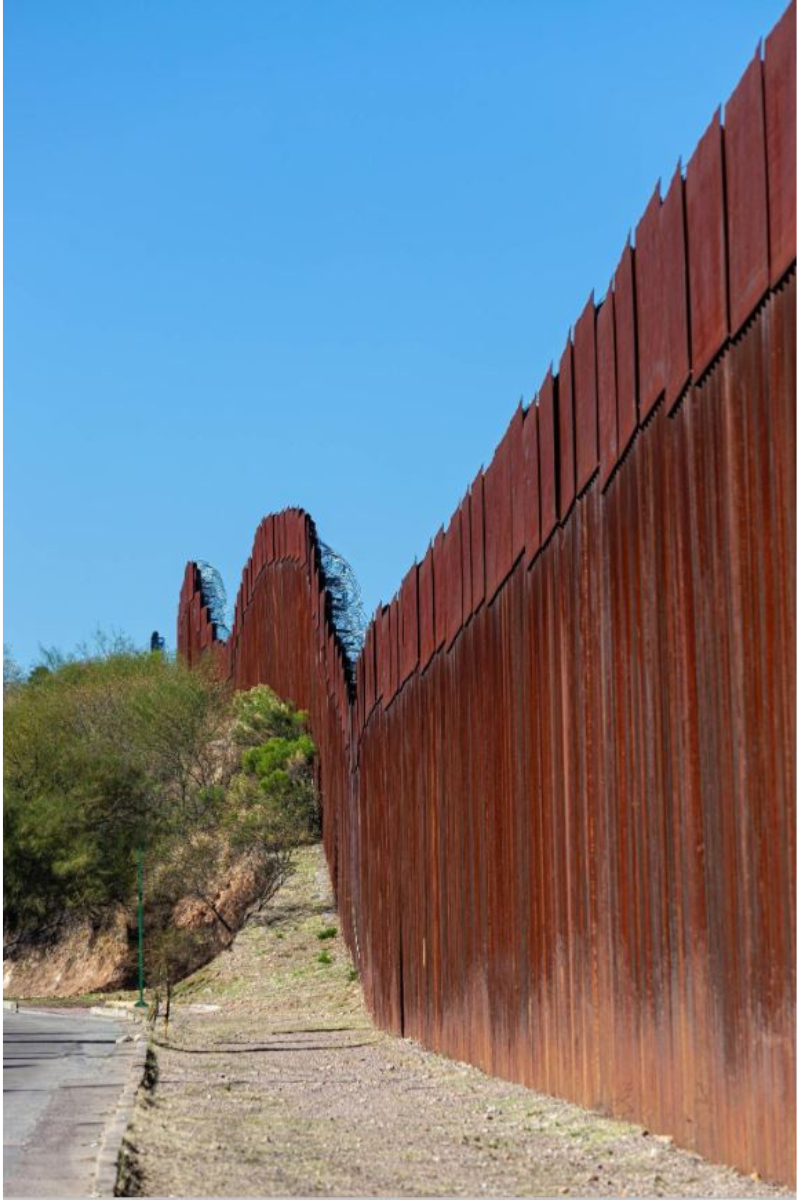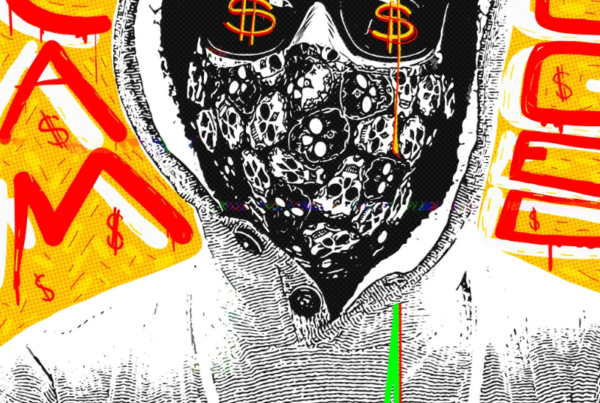On any given day, thousands of immigrants battle the elements through the winding paths of Mexico to reach the U.S. border – sometimes alone, sometimes under the watchful eyes of a coyote. Some have valid claims of asylum, others are simply looking for a better life, and a portion are connected to cartels and trafficking rings.
Whatever the circumstances, the crisis that has long gripped America’s southern border is getting exponentially worse. The migration catastrophe is only surging as conflict, food shortages, soaring gas prices, and inflation choke the world economy. Moreover, Mexicans and Central Americans are not the only nationals descending on the already-deluged border entry points. More than 40 percent of encounters with border agents involve migrants from as far away as India, Senegal, Haiti, and Ukraine. It’s a drain on American taxpayer resources, endangers law enforcement, and entangles genuine asylum seekers within the many thousands without valid claims.
The old strategies of managing the impasse aren’t working as backlogged asylum cases skyrocket under an under resourced and incredibly strained court system. Can America once again harness new technologies to solve some of our greatest problems?
Cue the blockchain. The technology – a digital ledger that provides a secure, tamperproof, and permanent record of transactions – can, at the very minimum, help authorities accurately monitor and maintain records of every single individual processed at the boarder until the completion of their legal case. Its proven effectiveness at storing and protecting data and increasing transparency could benefit both border officials and legitimate migrants.

While it remains unclear just how extensively the Department of Homeland Security (DHS) and the United States Customs and Border Protection (CBP) are implementing blockchain technology (DHS did not respond to a request for further elaboration), the agency has openly experimented with the innovation in the past, and with notable success.
In 2017, the Department of Homeland Security (DHS) announced it was planning to test the use of blockchain technology for secure data sharing and storage of databases, sensors, and cameras at land borders and airports, with the goal of preventing unauthorized entry and access. The CBP finished its debut proof-of-concept test of blockchain technology in September 2018 within the North American and Central American free trade agreement frameworks, “proving multiple blockchain programs could integrate seamlessly.”
“Using a single access point in the blockchain, CBP was able to connect data to products and licenses correctly — necessitating fewer physical examinations,” the agency wrote in its after-action report. “It found that use of the blockchain achieved almost instantaneous communications between CBP and trade, improved receipt documentation, and expedited processing for CBP. Other benefits included easier access to backup documentation when required, easier access to importer/more direct communication, enhanced targeting, potential issues captured early on and eliminated manual documentation requirements and duplicative data entry.”
That same year, CBP started a live test of a blockchain-backed shipment tracking system. CBP expanded its scope in 2020 by testing innovative blockchain solutions and specifications to improve how it protects American businesses from intellectual property theft. The agency confirmed that the encrypted ledger can “protect IPR on American imports as well as sensitive information transmitted between multiple parties.”
According to DHS’s Blockchain Portfolio, updated in January of this year, the technology holds the potential for, “enhanced transparency and auditing of public service operations, greater supply chain visibility to combat the distribution of counterfeit products, and automation of paper-based processes to improve the delivery of services to organizations and citizens.”
However, external analysts point out that the benefits are not fully recognized within the department and the agencies under its umbrella. Migration and asylum systems still rely on the same analog (and messy) methods of tracking and storing information as they did over half a century ago.
Perhaps the most glaring challenge is verifying an asylum applicant’s identity. Large bureaucracies tasked with this job don’t have across-the-board informational processes in place and lack standardized international accords compounding the problems. The process is made murkier by the notion that seekers have often lost or intentionally discarded their identity documents. This leads to long periods of detention, imprisonment, or even deportation — all characteristics of the ongoing calamity at the southern border. Approximately 20 percent of displaced people crossing international borders or attempting to cross are later reported missing.
With upwards of 60 million people now uprooted from their homes, a blockchain-powered, digitized database could provide a fast and cost-effective means of identification and potential reunification. The same could be done for the many thousands of children reported “lost” once they enter the foster system after being admitted at the border.
Blockchain technology can be used to encrypt and verify information that cannot be altered or falsified. It would bring much-needed transparency to the challenges of border enforcement, aid distribution in camps and prisons, as well as greater clarity for financial operations from recovering missing donations, misused funds, and even fixing inefficient allocations. Further, it can reveal those responsible for mismanagement, helping to reduce corruption and spoofing.
Across the globe, blockchain technology is also used to address challenges in refugee crises and societal integration efforts. New arrivals can send and receive money from their home countries more efficiently, without hefty fees, making local economic integration more effective. Finland, for example, integrated identification with financial support by providing new arrivals with pre-authorized digital cards connected to crypto wallets.
Even the bloated bureaucracy of the UN’s World Food Program (WFP) has caught on.
Just over five years ago, the WFP launched its “Building Blocks” initiative to distribute cash-for-food assistance to more than a million Syrian refugees inside Jordan and Burmese Rohingyas in Bangladesh. Refugees pay for goods with their eyes – a quick scan of their iris is termed “Eye Pay.” This confirms the identity and handles the bill, and they are quickly on their way. WFP claims it has saved more than $2.5 million (98 percent) in transaction fees alone and has invited other UN agencies to join.
The goal is for refugees to hold their vital information, government identification, and financial access in their digital wallets, paving the way for people to smoothly return home or relocate and rebuild a new life. Moreover, beneficiaries can own and control their own data without the risk of third-party error or tampering, making them less susceptible to criminal coercion.
Along the U.S. border this could reshape and better distinguish those with legitimate asylum needs from those without any legal asylum claims. Blockchain critics lament that it is ethically inappropriate to test such pilot programs on vulnerable populations stating the technology is too fresh for humanitarian purposes and would jeopardize those fleeing danger.
From street crime to drug overdoses to sex and labor trafficking, border concerns affect every state and major city in the country, taking a toll on all those involved, from authorities and agents to emergency workers and lawful asylum seekers. It is a mess that can be better managed, and while there is no silver bullet to this complicated and multi-faceted dilemma, embracing blockchain technology innovation and application may prove to be the edge America needs to end the border crisis.











